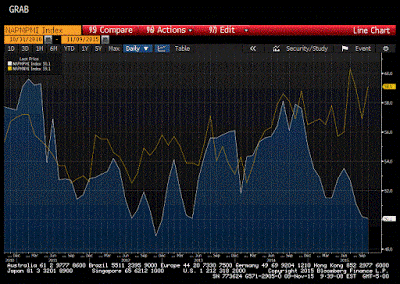High Personal Income Growth Solidifies Case for Rate Hike
Extremely high personal income growth throughout the United States is making the case for the Federal Reserve to raise interest rates in December.
A new study by the Bureau of Economic Analysis shows that personal incomes grew by 4.6% on average throughout 2014 in metropolitan areas, after rising only 1.1% in 2013.





